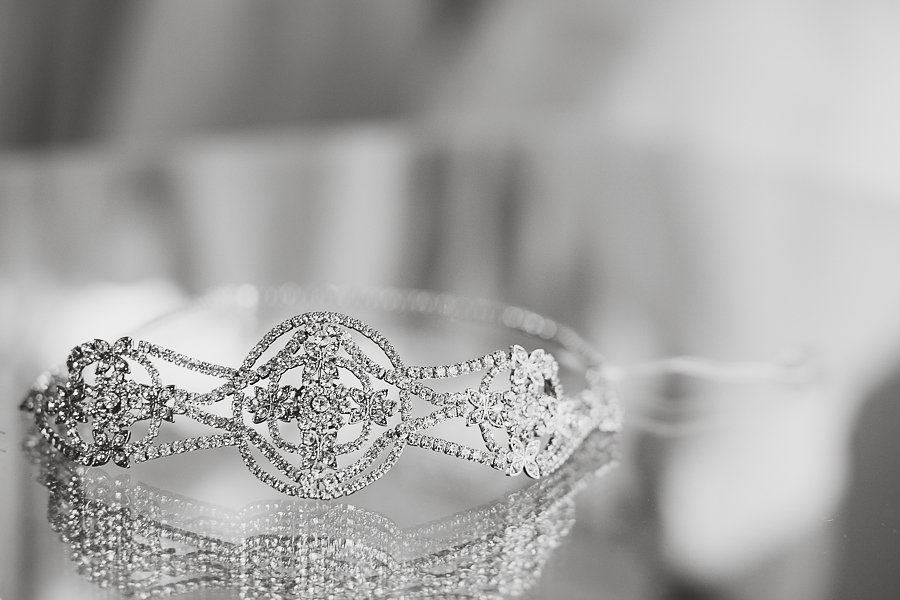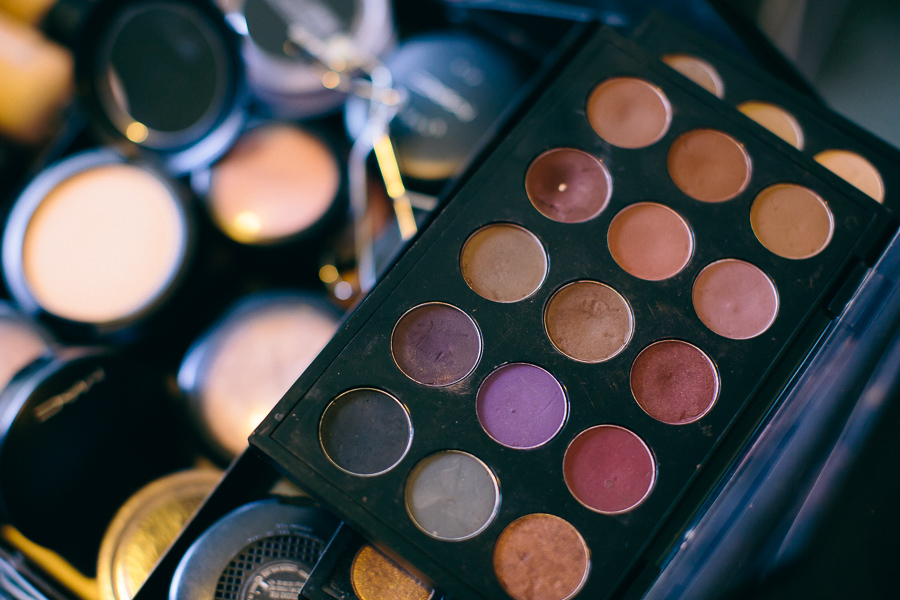Every day, our skin is exposed to the sun and the UV spectrum, even if it is not sunny. In this article you will learn what blue light is, the impact that it has on your skin and how to protect your skin against it.
Visible light and solar spectrum
Visible light (400–700 nm) is defined as part of the electromagnetic spectrum that ranges from violet (400 nm) to profound red (770 nm).
The division between UV and visible light is quite arbitrary, and is based on what our eyes can detect, not on how our skin reacts. Wavelengths beyond the UV spectrum can damage human skin. This includes the region of blue light of visible light (VIS), as well as the range of near infrared (IRA).

The shortest wavelengths of visible light that are closest to the UV range are those that have received the most attention, as they are relatively more energetic and more harmful. In particular, it has been found that the wavelengths in the blue / purple region (400-500 nm) are the most damaging.
It is necessary to establish sun protection strategies against these radiations beyond UV radiation in order to protect our skin.

The Impact of Blue light on the skin
Now we know what it is, a question comes to our minds: what’s the impact of blue light on our skin?
The division between UV and visible light is based on an optical concept (what the eye can detect) and not on a photobiology concept (what each one actually does). Blue light is basically high energy and produces alterations in the skin (very similar to UVA) whereas visible light does not produce the same level of skin alterations. These discoveries are fairly new, being made within the last decade, and have prompted recent research in this area.
What we do know from these studies is that it can be harmful to our skin since it produces:
- DNA damage indirectly through the generation of ROS (reactive oxygen species)
- Micro-inflammation that stimulates the melanocyte
- Activation of the melanocytes, as they have specific receptors for blue light
- An increase of our skin pigmentation due to previously mentioned factors

How to protect the skin from Blue light
In order to protect our skin from blue light and combat skin aging, we can apply some ingredients that will help reflect it.
Some of the ingredients that reflect and disperse visible and blue light are the following:
- Inorganic filters, such as Titanium Dioxide and Zinc Oxide
- Pigmented foundations, like Iron oxides or Calcium Silicate
- Mineral ingredients, like Silica and Mica
These ingredients create a barrier that protects our skin from environmental factors, such as pollution or blue light itself.
ISDIN Mineral brush, which is formulated with these ingredients, acts as a blocker and creates a protective barrier that protects the skin from blue light.



